1. Bagels
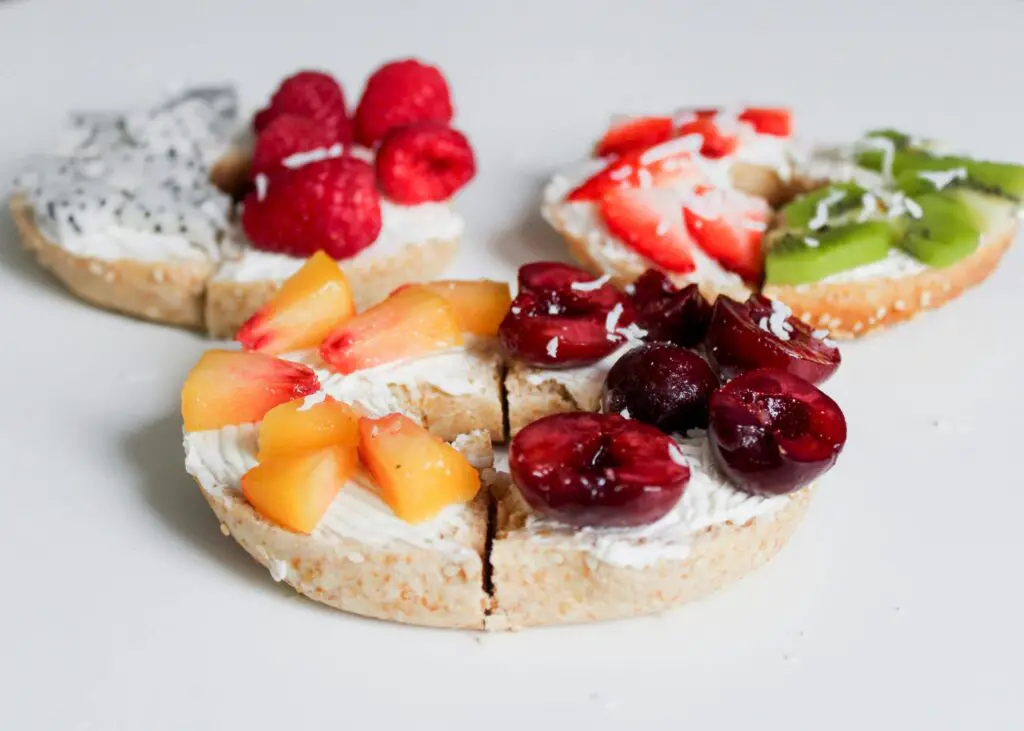
When Jewish immigrants brought bagels from Eastern Europe, they were dense, chewy, and traditionally boiled before baking. In New York, these round breads were sold mostly in Jewish neighborhoods, often eaten with smoked salmon or cream cheese, and had a distinctly homemade charm.
But once bagels went mainstream, America softened them up. The dough was made lighter, sometimes even steamed instead of boiled, and suddenly bagels were available in every grocery store. What was once a specialty food turned into a daily breakfast item, spread with everything from peanut butter to strawberry cream cheese.
2. Pizza
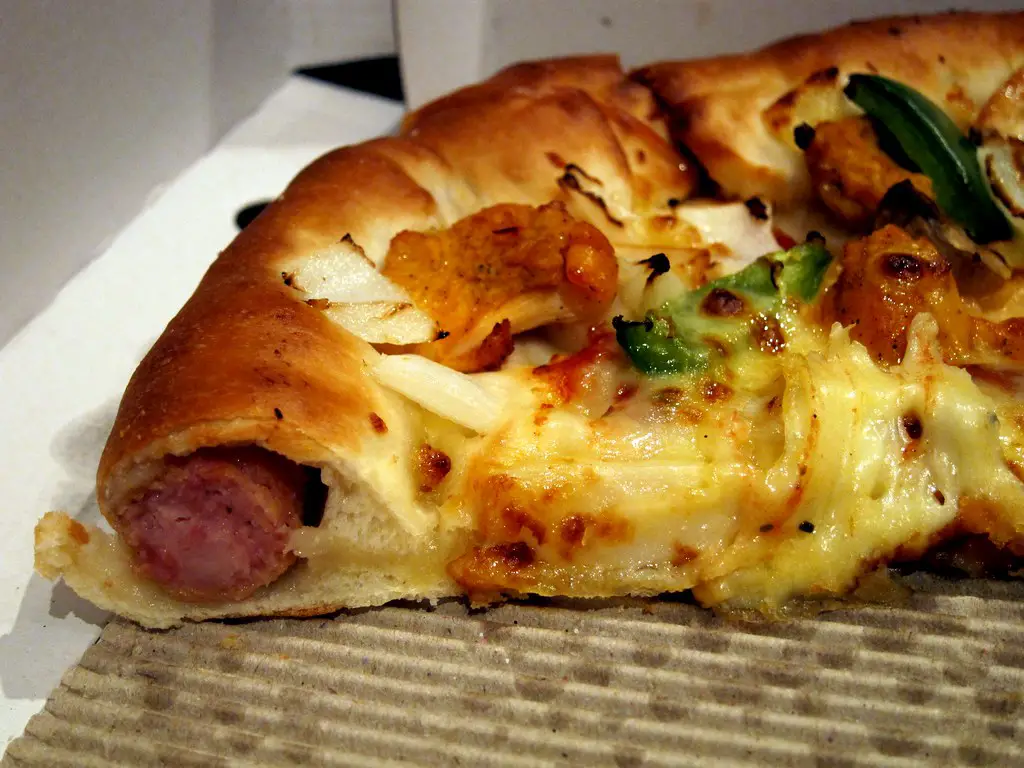
Italian immigrants gave America pizza in its purest form, a humble, thin-crusted flatbread with tomato and cheese. In early immigrant neighborhoods, it was affordable street food, often baked in coal ovens and sold by the slice.
Over time, though, America transformed it into something bigger, cheesier, and far more varied. Chicago deep-dish, New York slices, California-style, and even stuffed-crust pizzas became the norm. What started as a simple Italian dish became one of the most adaptable foods in the country.
3. Hot Dogs

German immigrants brought their sausages and frankfurters to America, introducing flavors that were popular at fairs and beer halls. These early versions were usually pork-based and eaten with mustard and bread.
Once Americans adopted them, hot dogs evolved into a ballpark staple. They became linked to baseball, summer cookouts, and even July 4th. From chili dogs to Chicago-style with pickles and peppers, this simple immigrant sausage turned into a national icon.
4. Hamburgers
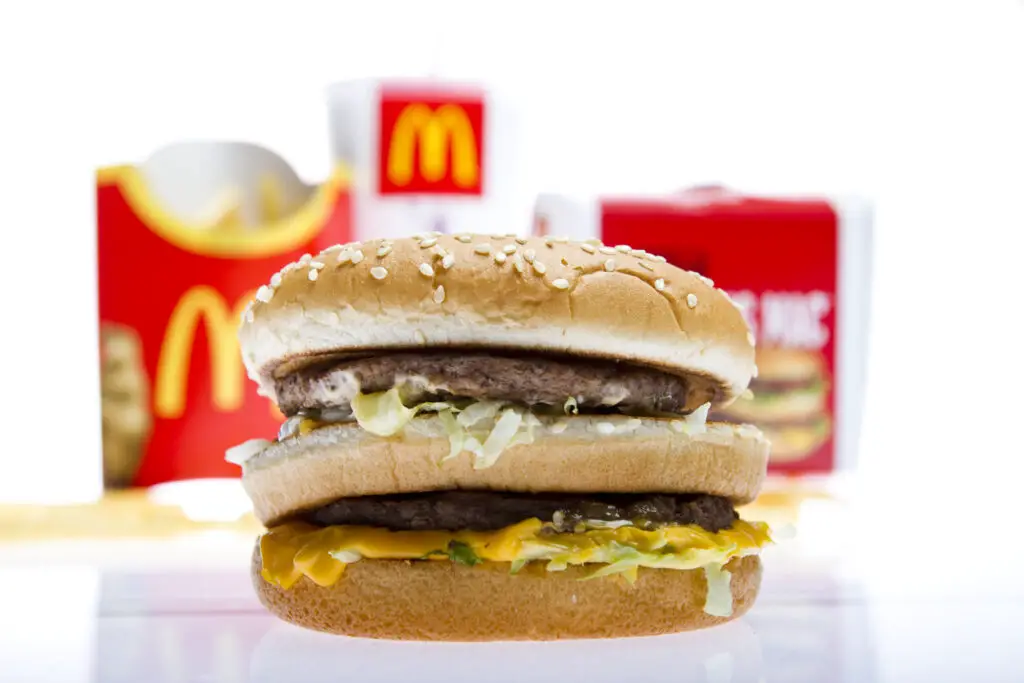
The idea of ground beef patties came from German immigrants, specifically from Hamburg. Early versions were simple—just a seasoned meat patty often served on bread.
Then came the American twist: putting the patty between a bun with lettuce, tomato, cheese, and sauces. The hamburger became the centerpiece of fast food, with countless variations across the country. It’s hard to imagine American culture without this once “foreign” dish.
5. Pretzels
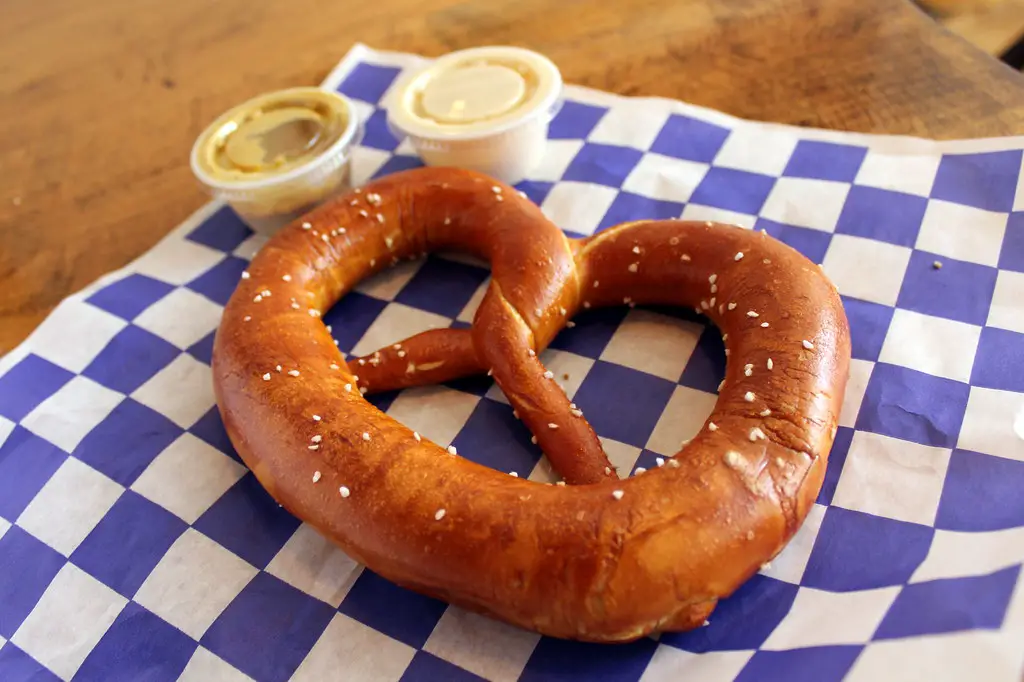
German immigrants also brought pretzels, originally a simple, twisted bread eaten plain or with mustard. Street vendors in Philadelphia and New York sold them for pennies, often as a quick snack for workers.
Americans eventually took pretzels in a sweeter and crunchier direction. Hard pretzels became common in snack bags, while mall food courts popularized oversized, buttery soft pretzels. That little twist of dough is now both a ballpark treat and a movie-night staple.
6. Spaghetti and Meatballs
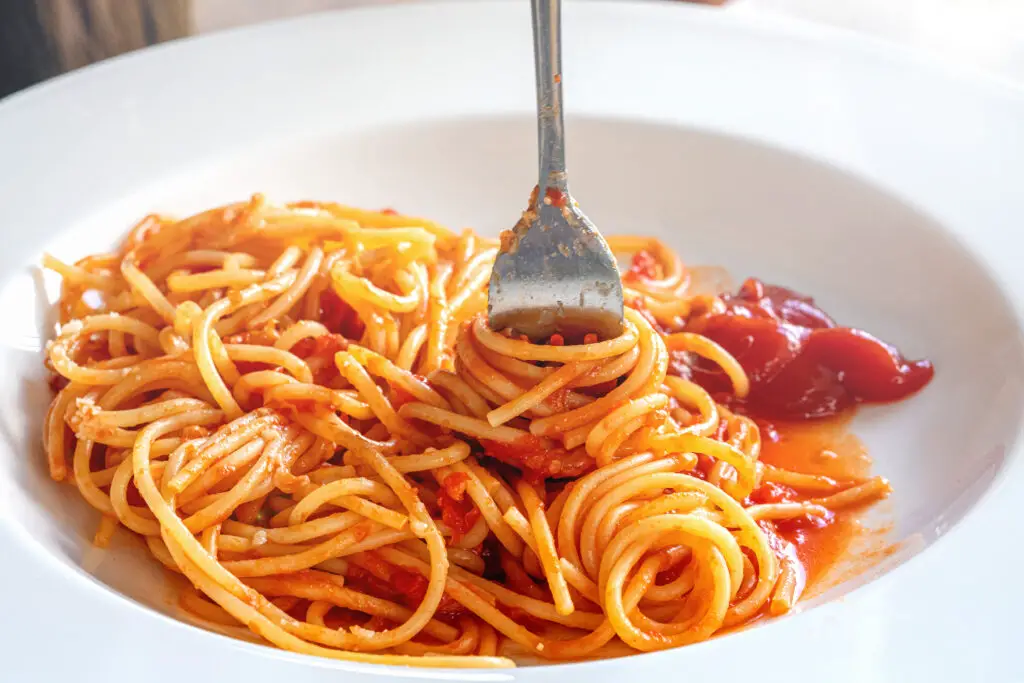
Italian immigrants never ate spaghetti and meatballs in the old country. In Italy, pasta dishes were lighter, often with just olive oil, cheese, or tomato. Meatballs, when served, were much smaller and never paired with pasta.
In America, though, the abundance of meat led to giant meatballs smothered in tomato sauce. Spaghetti became the perfect partner, and soon every Italian-American household had its version. It’s now considered “classic Italian” in the U.S., even if it doesn’t exist in Italy.
7. Fortune Cookies

Despite being tied to Chinese restaurants, fortune cookies didn’t come from China at all. Japanese immigrants introduced a similar cookie in California in the early 20th century, often flavored with sesame or miso.
When Chinese restaurants became popular, fortune cookies were handed out as a fun extra. The American version swapped in vanilla flavoring, sugar, and those little paper fortunes. They’re now practically synonymous with Chinese takeout, even though China doesn’t serve them.
8. Tacos
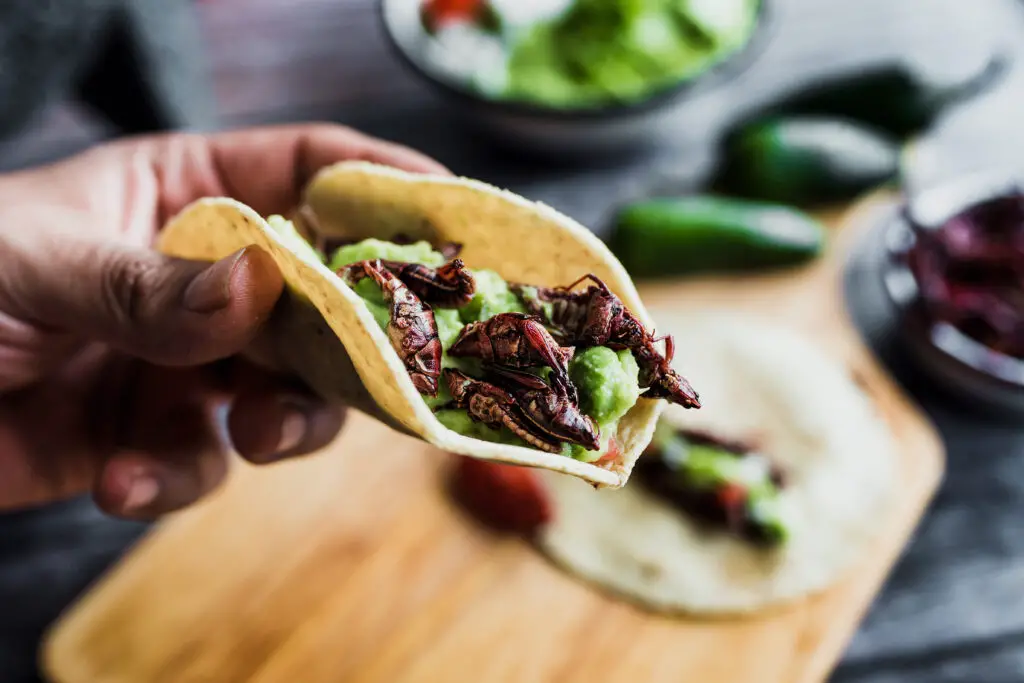
Mexican immigrants introduced tacos as small corn tortillas filled with seasoned meats, beans, or vegetables. In their original form, tacos were simple street food, eaten with a squeeze of lime and a sprinkle of onion or cilantro.
America quickly adapted them into crunchy-shell versions, thanks to fast food chains like Taco Bell. Cheese, sour cream, and lettuce became standard toppings. The taco was transformed from a humble handheld meal to one of America’s favorite customizable foods.
9. Sauerkraut
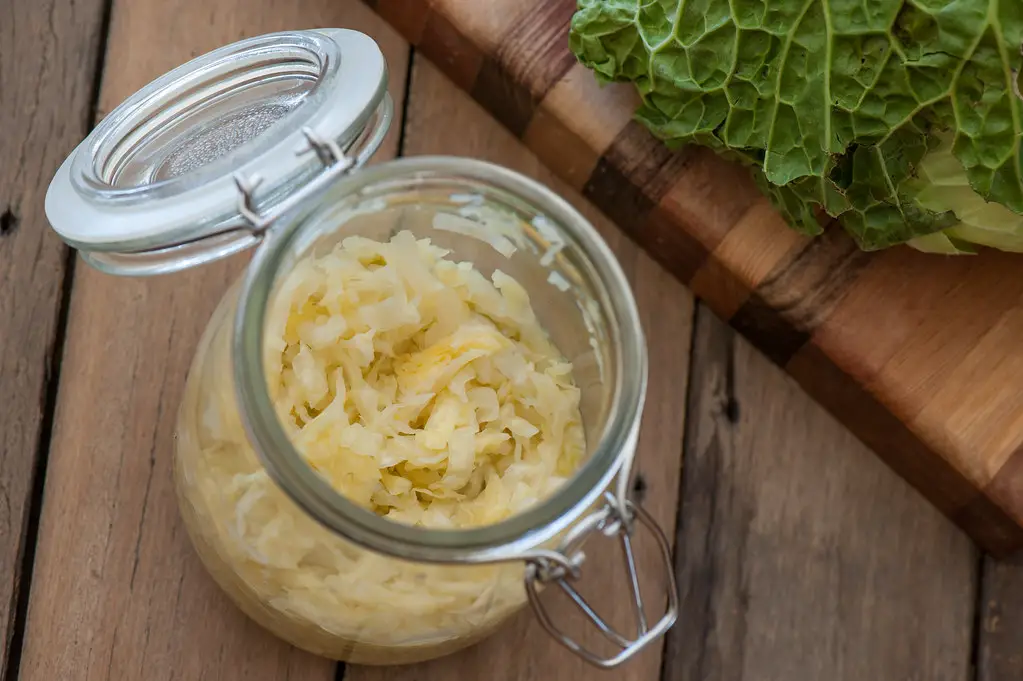
This fermented cabbage was a German staple, often eaten as a probiotic-rich side dish. It was strong, sour, and more about nutrition than indulgence.
Americans mellowed it out by piling it on hot dogs and sandwiches. Reubens and bratwursts with sauerkraut became beloved comfort foods. The sharp tang of sauerkraut found its new home between rye bread, corned beef, and Swiss cheese.
10. Donuts
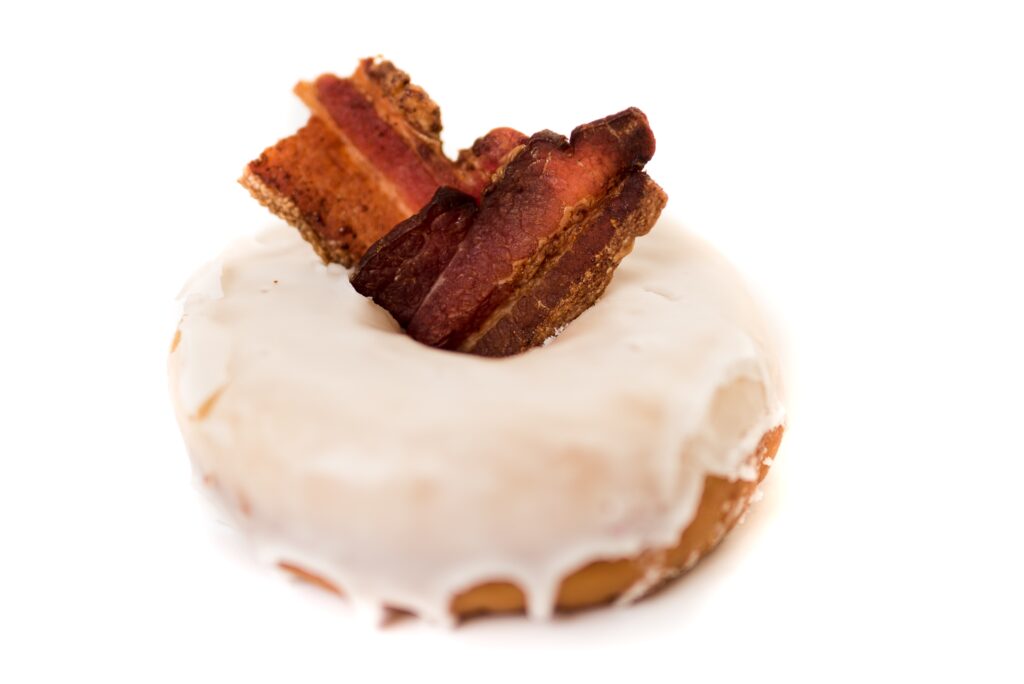
Dutch immigrants brought “olykoeks,” or oily cakes, small balls of fried dough. They were dense and often filled with fruit or simply sprinkled with sugar.
Americans reshaped them into the iconic ring form, perfect for dunking in coffee. With glaze, sprinkles, and dozens of flavors, donuts became a breakfast institution. The invention of the donut hole was just another American flourish on this immigrant treat.
11. Pierogi
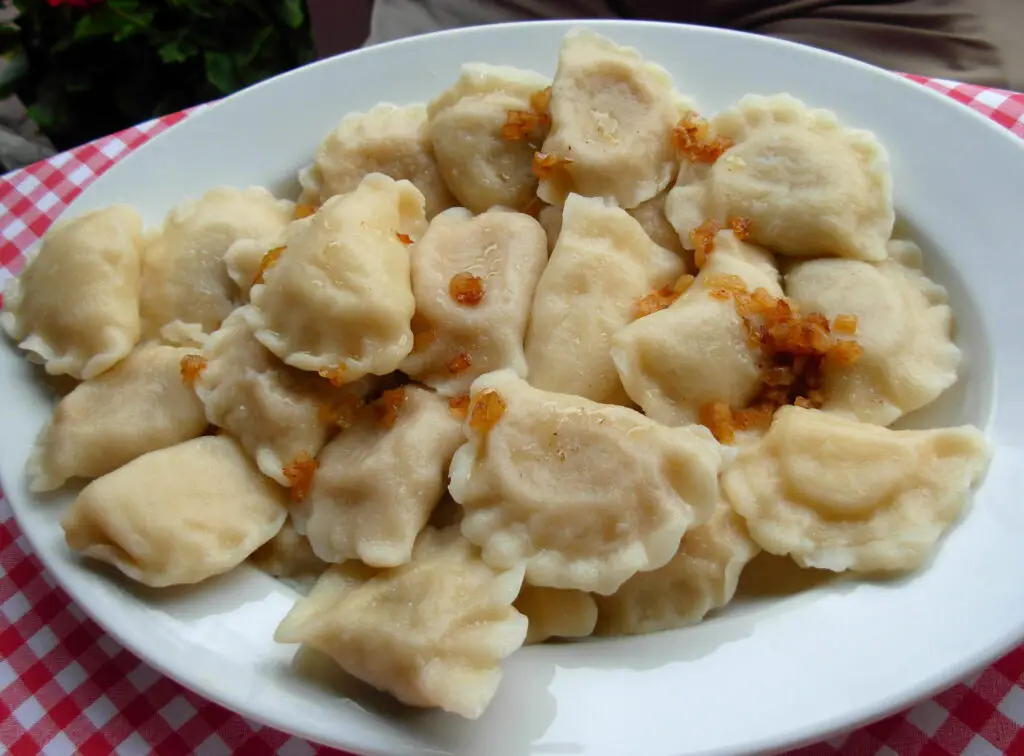
Polish immigrants introduced pierogi, dumplings stuffed with potatoes, cheese, or meat. In Poland, they were usually boiled and served with sour cream or onions.
In America, pierogi became comfort food, especially in cities like Pittsburgh and Chicago. They were fried in butter, loaded with bacon, or even filled with new ingredients like cheddar or jalapeños. These dumplings went from a peasant dish to a freezer-aisle favorite.
12. Chop Suey
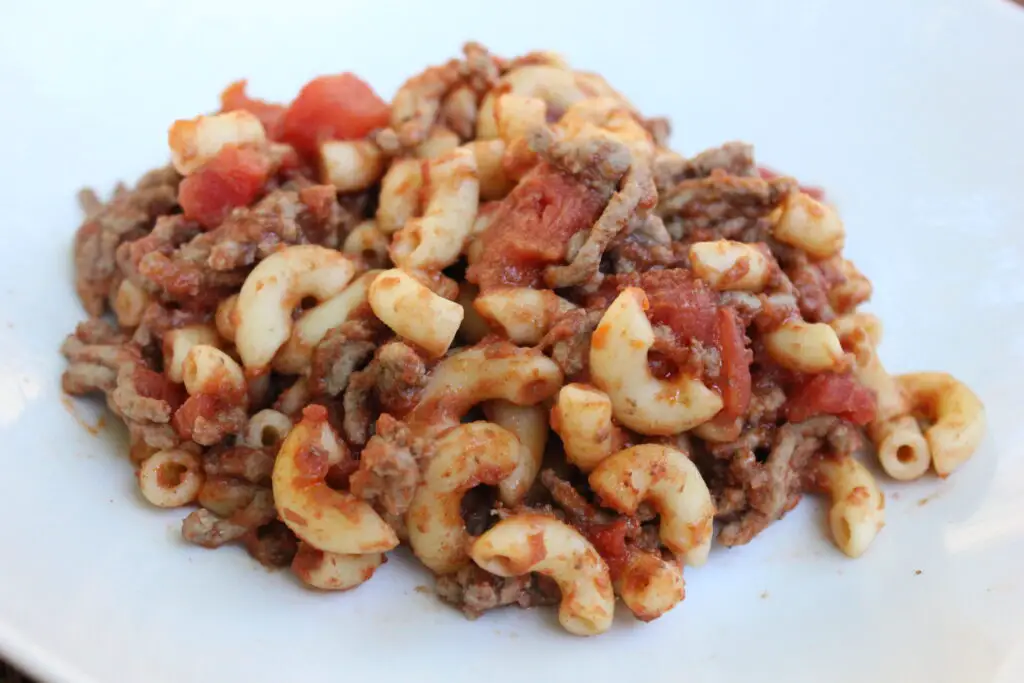
Chinese immigrants created chop suey in the U.S. as a way to use up scraps of meat and vegetables. It wasn’t a dish from China but an American invention rooted in immigrant kitchens.
Americans embraced it as “Chinese food,” serving it with rice and soy sauce. Over time, it symbolized how immigrant dishes adapted to local tastes. While you won’t find it in China, chop suey was many Americans’ first taste of Chinese-inspired cuisine.
13. Burritos

In Mexico, burritos were smaller, often just a tortilla filled with beans or meat. They were practical, handheld meals for workers in the north of the country.
Once they crossed the border, America super-sized them. Giant burritos stuffed with rice, cheese, sour cream, and guacamole became the standard. Chains like Chipotle turned burritos into massive, customizable meals that barely resemble their Mexican ancestors.
14. Sushi
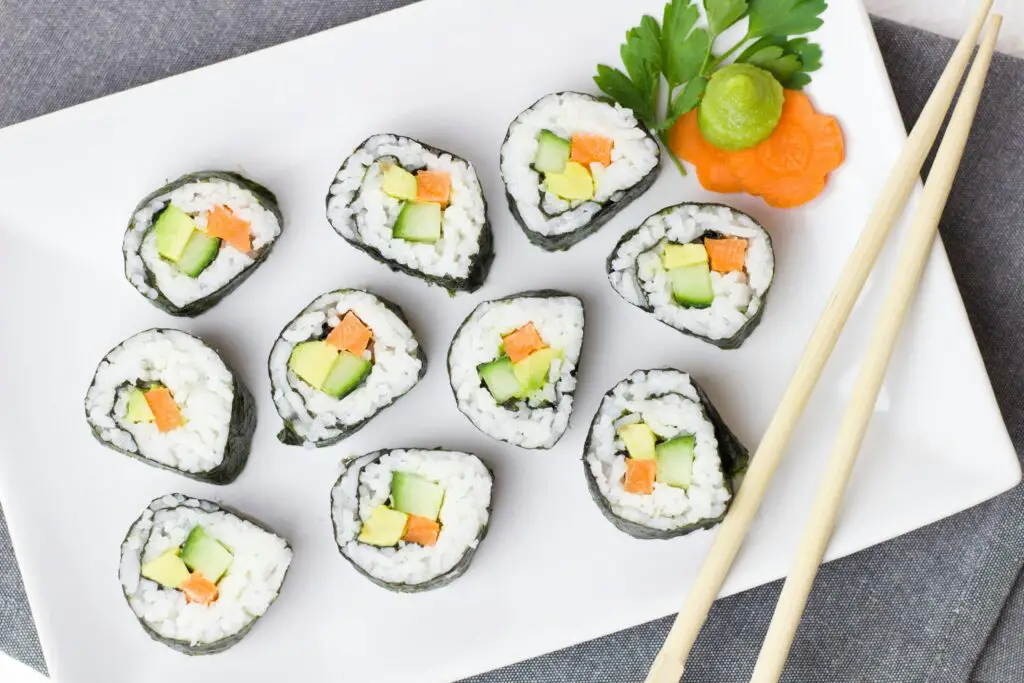
Japanese immigrants introduced sushi in its traditional form, with fresh fish, rice, and seaweed. Early sushi restaurants in America catered mostly to Japanese communities.
Americans adapted it by inventing rolls like the California roll, which swapped raw fish for avocado and imitation crab. Today you can find deep-fried sushi rolls, spicy mayo drizzles, and even sushi burritos. It’s a far cry from its minimalist origins, but it’s undeniably popular.
15. Kimchi
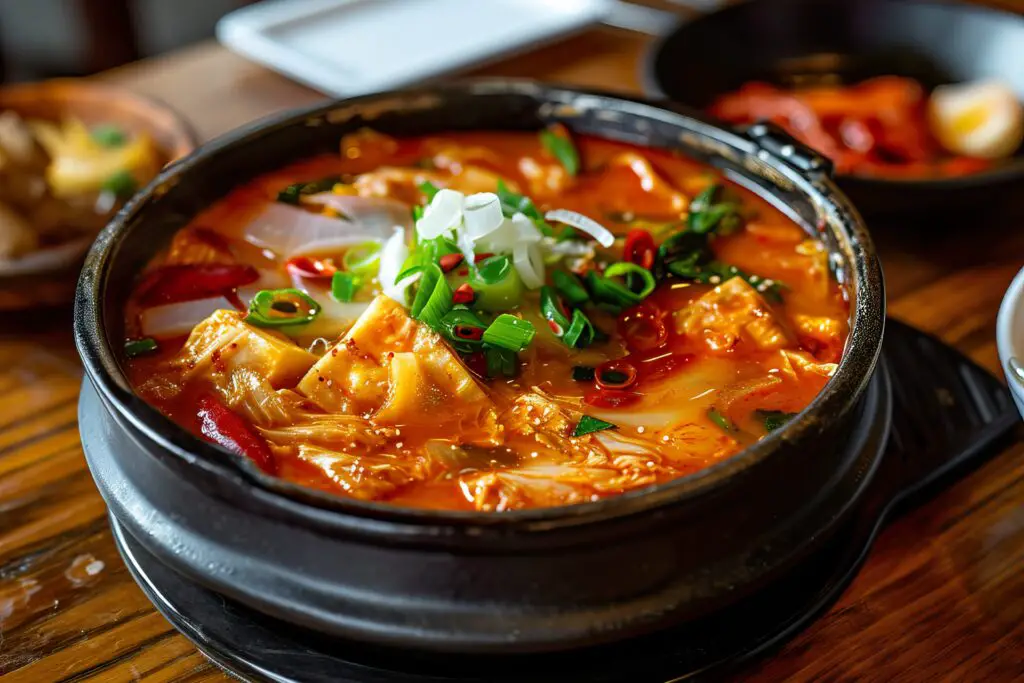
Korean immigrants brought kimchi, a fermented cabbage dish spiced with garlic and chili. In Korea, it’s a pungent side dish eaten with almost every meal.
At first, Americans weren’t sure about the strong flavor, but kimchi slowly worked its way into fusion cooking. Today you’ll find it on burgers, tacos, and even grilled cheese sandwiches. What was once an unfamiliar jar in an ethnic grocery store is now a trendy health food.
